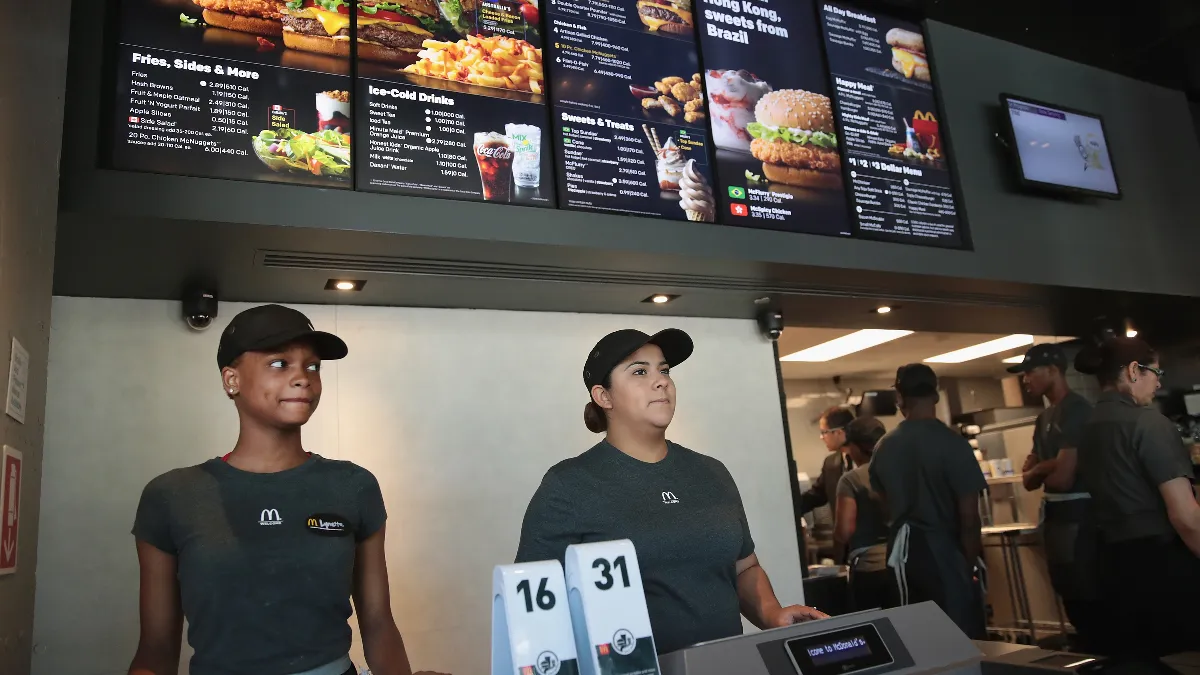If the predicted recession comes to fruition, “the pain of layoffs will not be distributed equally across industries,” according to April 5 predictions from The Conference Board; “some will fare better than others.”
Information services face the highest risk of job loss amid the projected upcoming recession, while industries like accommodation and food services, still recovering from the pandemic, will try to hold on to their workers, the organization’s latest job risk index predicted.
Also at high risk are jobs in the transportation, warehousing, construction and repair industries, according to the index. The expansion of e-commerce during the pandemic increased hiring in these industries, but the demand for labor is expected to decline, given that the lockdown is over; customers tend to reduce discretionary spending during a recession, and consumption has shifted from goods to services, the index found.
By contrast, government, private education and health and social assistance industries are not expected to face significant job losses, the index reported. Unlike the information services industry, which experienced rapid employment growth during the pandemic, the government and health sectors do not seem to have over-hired and are still troubled by labor shortages, the Conference Board explained.
These sectors also appear to be less sensitive to interest rate changes; tech companies, on the other hand, may be highly leveraged and have started layoffs to manage the rising cost of debt caused by increased interest rates, researchers observed.
Similarly, the combined industries of accommodation and food service also remain nearly 350,000 workers below pre-pandemic levels, according to the report. Labor shortages are severe as workers prefer work in other industries such as transportation and warehousing, where wages tend to be higher and hours more flexible.
“As the industry is still recovering, there will be less need for layoffs in the upcoming recession. In addition, the current severe labor shortage further lowers the risk of job losses. Employers will try to hold on to their workers as rehiring could be difficult and expensive,” the Conference Board said.
Nationwide, concerns about a looming recession have created a contradictory and “unprecedented talent landscape,” according to a late 2022 report from recruiting brand parent company Employ Inc. Positions have been filling fast, but there still isn’t enough talent to fill vacancies, even though the median number of applicants is steadily rising, the report found.
Recruiting difficulties aren’t likely to disappear any time soon, with the unemployment rate projected to remain relatively low, the Conference Board noted. Employers will also continue to face retention issues, it said.
“While a short and shallow recession remains our most likely scenario for the U.S. in 2023, we expect job losses to vary by industry,” Frank Steemers, the Conference Board’s senior economist, said in statement announcing the findings. There may be some temporary easing of labor shortages, but once the economy starts growing again, severe shortages could quickly reappear, the report warned.
Employers have several strategies available to address job shortages, research has shown. For example, demographic patterns like the aging population will keep the labor market tight, but employers can bolster workforces by turning to alternative talent pools, one economist previously told HR Dive; these talent pools include the formerly incarcerated, older adults, those with disabilities or immigrants. Remote work, especially, can open the talent pool to people with disabilities and flexibility can invite caregivers to apply, she said.
Focusing on employee development also gives employers an edge, both in attracting and in retaining workers, recent research by McKinsey Global Institute showed.
The most resilient employers have several practices in common, McKinsey found: They create opportunities for employees to keep learning and reinventing themselves; they deliver a better day-to-day work experience; and they promote a culture of “intrapreneurship,” where employees can collaborate and share expertise and ideas across functions.












